Stamps from the German state of Bavaria hold significant historical and philatelic value, as Bavaria was one of the first regions in Germany to issue postage stamps. Here’s an overview of the key aspects of Bavarian stamps:
Key Aspects of Bavarian Stamps
- Historical Context:
- Bavaria was an independent kingdom until the unification of Germany in 1871. It continued to issue its own stamps until 1920.
- The first Bavarian stamps were issued in 1849, just a few years after the first-ever postage stamp, the Penny Black, was issued in the United Kingdom in 1840.
- First Issues:
- The first Bavarian stamp, known as the “Black One” (Schwarzer Einser), was issued on November 1, 1849. It was a 1-kreuzer value stamp featuring a simple design with the numeral “1” in the center.
- Subsequent issues featured higher denominations and similar numeral designs.
- Designs and Themes:
- Early stamps primarily featured numerical designs, with later issues incorporating the Bavarian coat of arms and portraits of King Ludwig II.
- From 1867, Bavaria began issuing stamps with the image of King Ludwig II, who reigned from 1864 to 1886.
- Varieties and Issues:
- Bavaria issued a range of definitive and commemorative stamps, including both regular and overprinted issues.
- After the unification of Germany, Bavaria retained postal autonomy, issuing stamps inscribed “Bayern” (Bavaria) until 1920, when it fully integrated into the German Reichspost system.
- Philatelic Importance:
- Bavarian stamps are highly prized by collectors, especially the early numeral issues and the stamps featuring King Ludwig II.
- They are studied for their historical context, printing methods, and the various watermarks and perforations used over the years.
Collecting Bavarian Stamps
To collect or study Bavarian stamps, consider the following resources and methods:
- Stamp Catalogs:
- Michel Catalog: The Michel catalog is a comprehensive resource for German stamps, including those from Bavaria. It provides detailed information on stamp issues, varieties, and values.
- Scott Catalog: The Scott catalog also lists Bavarian stamps and is widely used by collectors in the United States.
- Philatelic Societies and Clubs:
- Joining a philatelic society, such as the German Philatelic Society or specialized groups focusing on Bavarian stamps, can provide access to expertise, resources, and fellow collectors.
- Online Marketplaces and Auctions:
- Websites like eBay, Delcampe, and various philatelic auction houses often have listings for Bavarian stamps. Ensure you buy from reputable sellers to avoid counterfeit issues.
- Stamp Shows and Exhibitions:
- Attending stamp shows and exhibitions can provide opportunities to view and purchase Bavarian stamps, as well as connect with other collectors and experts.
- Postal Museums and Libraries:
- Visiting postal museums or libraries with philatelic collections can offer insights into the history and context of Bavarian stamps. The Museum of Communication in Berlin and the Bavarian Postal Museum in Munich are good places to start.
Collecting Bavarian stamps is a rewarding pursuit that offers a glimpse into the postal history of one of Germany’s most historically significant states.

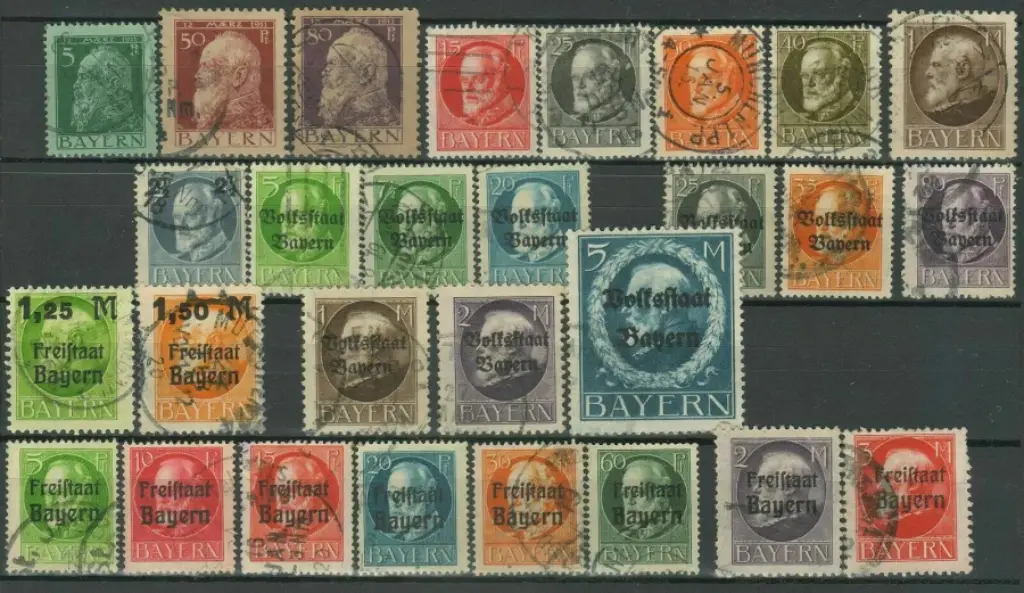
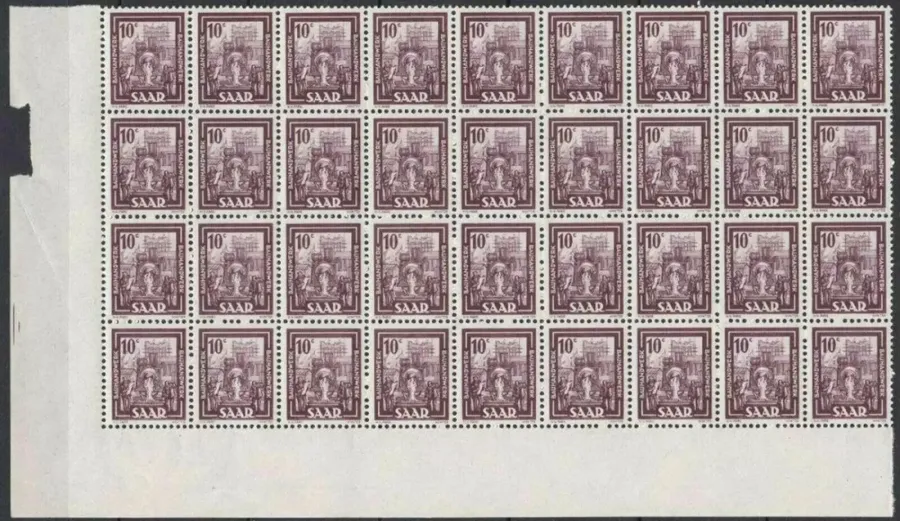
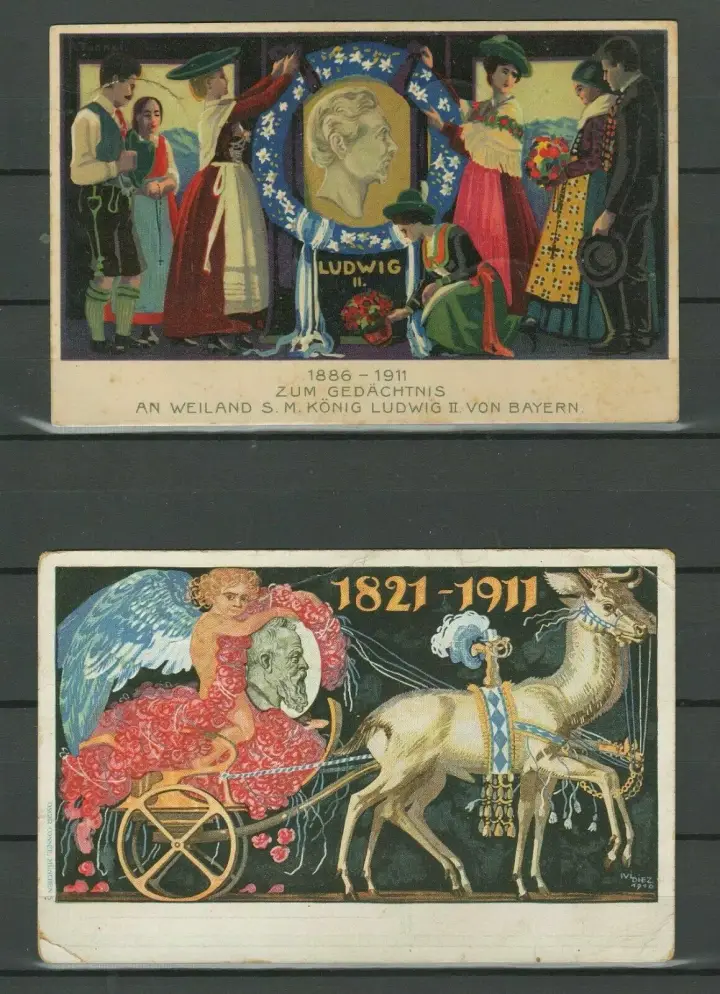
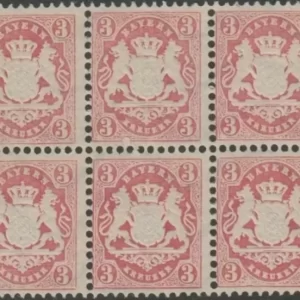

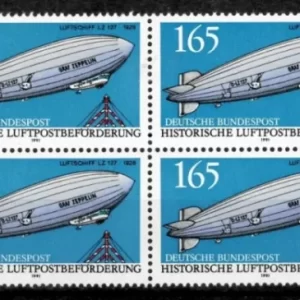
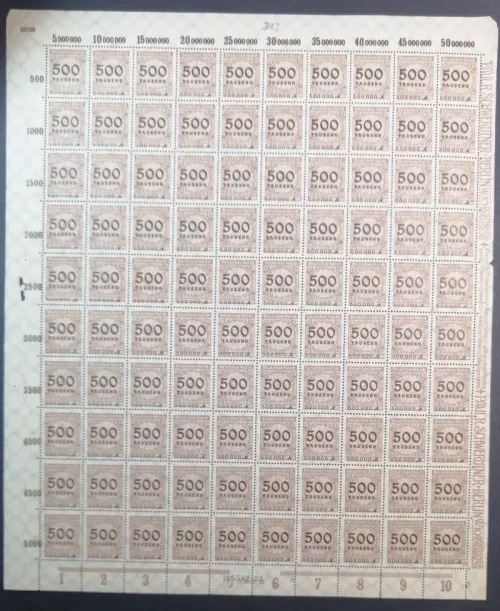
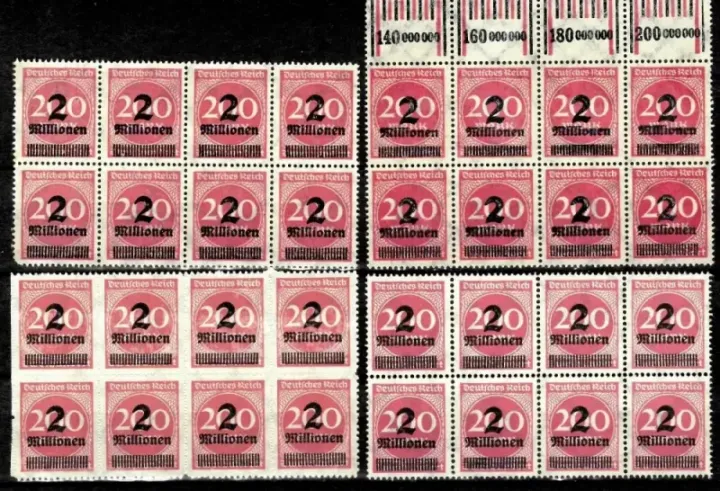
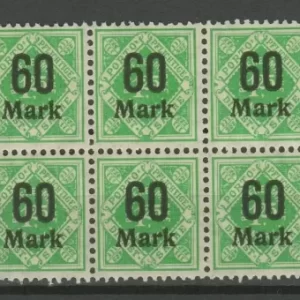
Reviews
There are no reviews yet.